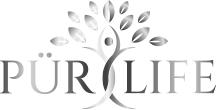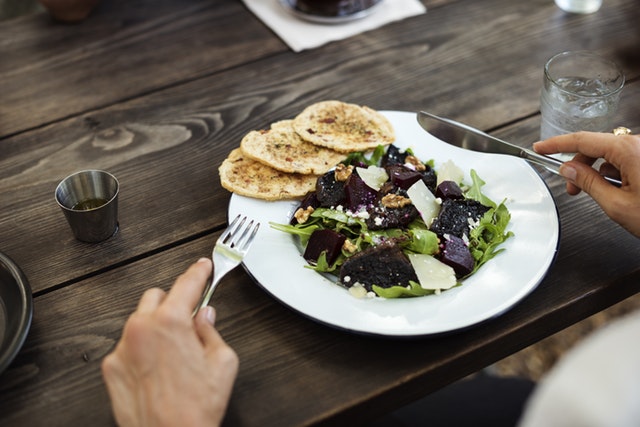In the 1990’s, the US Department of Agriculture published a wonderful image about what a good diet should consist of. It’s simplicity of conveying such had wonderful overview and recommendation for a healthy diet struck a chord and went “viral,” so to speak. It was known as the Food Guide Pyramid.
What Happened to the Food Pyramid?
Since then a lot has happened. New ground has been covered with respect to the field of dietetics – the science of what we eat. Even more, it has since been acknowledged that a lot of lobbying money on the part of certain food producers (grain farmers in particular) influenced and shape that final pyramid guide.
But time has passed and today there is widespread consensus that the old food pyramid got it wrong. Admittedly, there is not an exact consensus of what the right model should be, but there are some general recommendations that seem to be shared. This is how the food pyramid should have been.
Today’s Views About Food
Let’s start with grain-based foods. You remember how it went: bread, rice, cereal, pasta… the base of the old guide. Today views have changed most dramatically about this aspect of the old model. For one, it is no longer recommended that one eat any grains whatsoever. Much less sweetened cereals or white (refined) bread, rice, or pasta. Experts agree today you should instead be eating whole grains exclusively, if possible.
Secondly, even whole grains should no longer occupy the dominant position in our eating habits. Rather it should be eaten in amounts roughly equivalent to vegetables and healthy proteins. The vegetable part is pretty self-explanatory (and no, french fries still don’t count!). As to the healthy proteins section? This means poultry, fish, eggs, nuts, seeds, tofu, and beans. Red meats should still only be consumed sparingly.
Another surprise is the introduction of “healthy oils” as an important component of a good diet. In particular, vegetable-based oils. Still, though, butter-intake should be limited. Trans fats should be avoided altogether if possible. (Trans fats are what raises your bad cholesterol levels and lower your good cholesterol levels. Check your food label for trans fats or the ingredients list for “partially hydrogenated oil.”)
Another intriguing addition is a guide for liquids: drink plenty of water or unsweetened tea. They also include moderate amounts of alcohol is ok too (for those of you of age, of course). Thank goodness.
And as for dairy? Still, occupies an “eat in moderation” position on this updated pyramid too. It’s about the only thing that hasn’t changed.


Latest from our blog
What’s Better Swarovski Crystals vs Diamonds?
Sparkling and mesmerizing, both Swarovski crystals and diamonds have captivated the hearts of jewelry enthusiasts
Jul
4 Essential Oil Diffuser Pendants For Everyday Styles
In a world where fashion meets function, the world of essential oil diffuser pendants has
Jun
Negative Ion Jewelry Maintenance
Negative ion jewelry has garnered attention for its alleged health benefits and calming properties. From
May
Negative Ion Minerals For Enthusiasts
In holistic wellness and alternative health practices, the fascination continues to captivate enthusiasts seeking natural
Apr